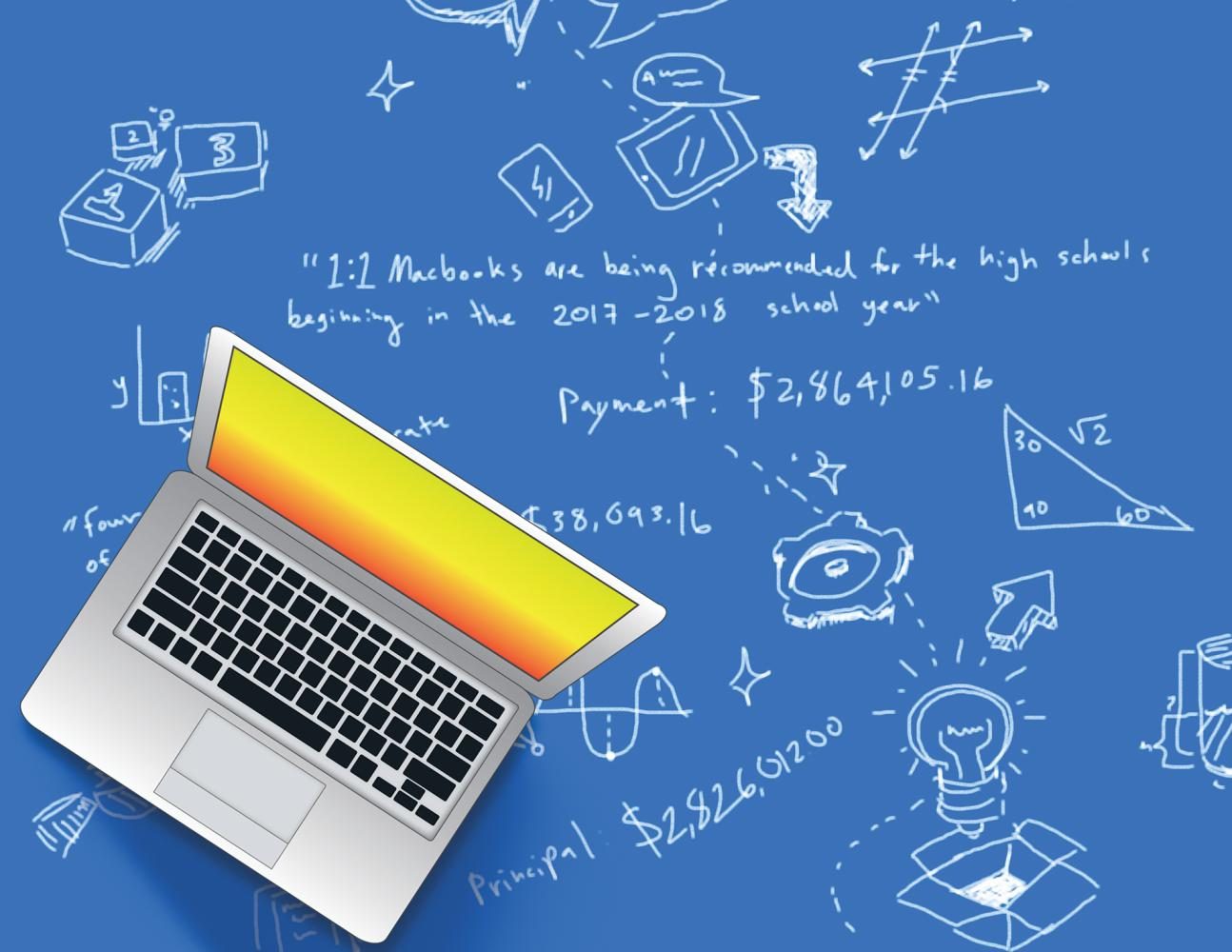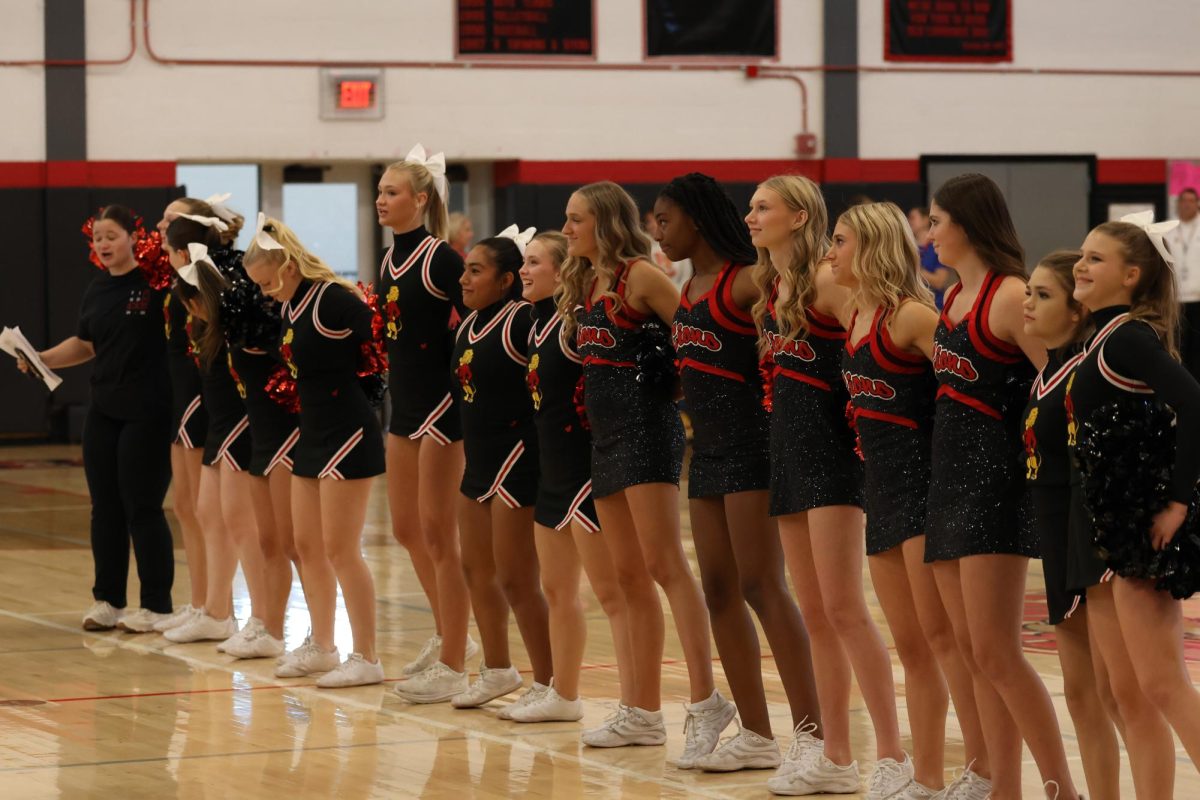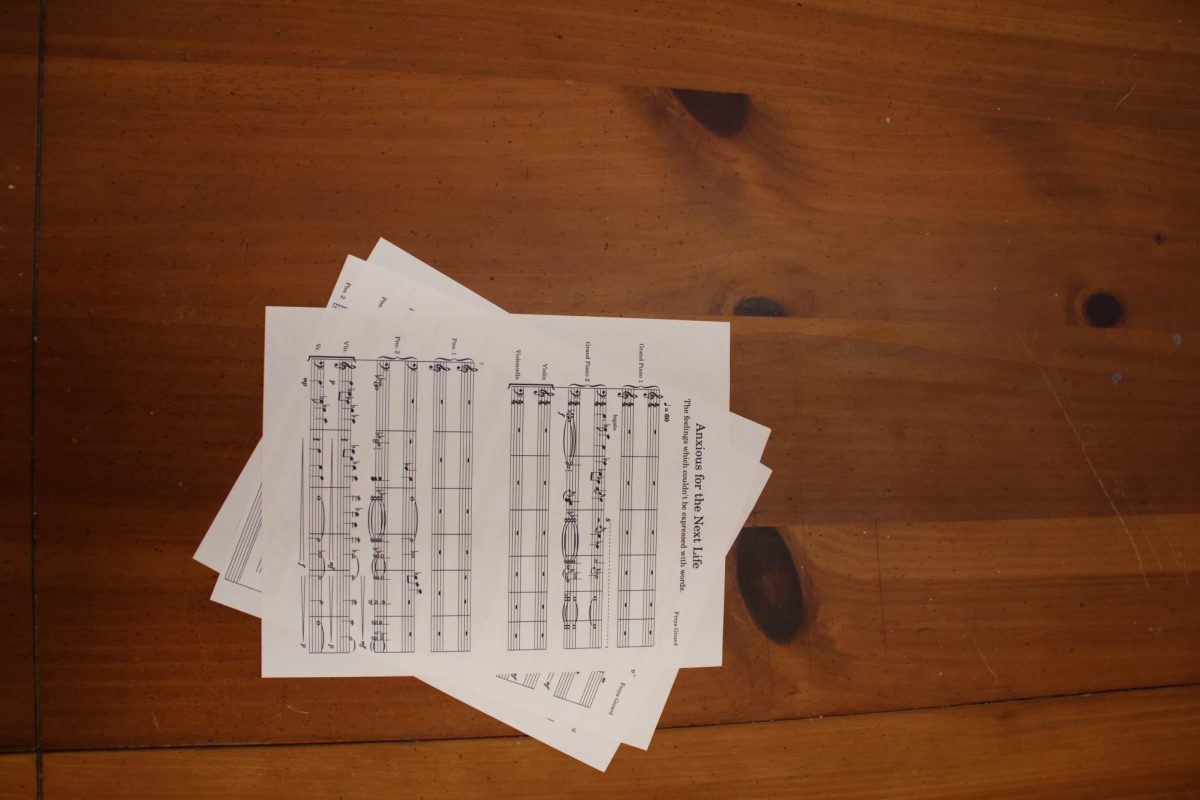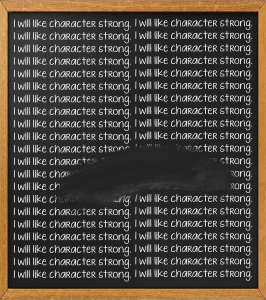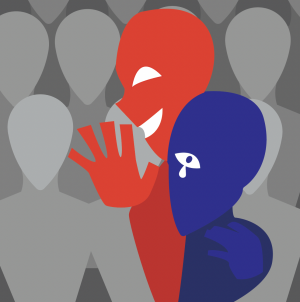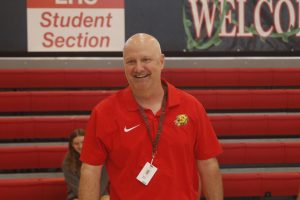District to provide high school students with MacBooks next school year
April 30, 2017
For some students, accessing online programs like Blackboard or Google Docs for educational purposes is easier said than done.
Administrators hope to remedy this by making the ratio of devices available to high school students one-to-one.
On Feb. 23, the USD 497 school board approved a proposal to provide each high school student with a MacBook as part of the Learning Forward, Future Ready initiative.
The initiative is about “…preparing our students with 21st-century skills and strategies so they can compete globally,” according to a quote from superintendent Kyle Hayden on the district’s website. “It’s about ensuring that teachers receive the professional development and support they need to positively interact with students. It’s about our schools being creative and resourceful and engaging students through meaningful and relevant learning.”
The program applies not only to the high schools but is district-wide.
“So each [high school] student will have one of the MacBooks,” said Kelsey Buek, an English teacher who worked in the pilot program and represented Lawrence High at the board meeting. “Then all four of the middle schools will keep their iPads…and then elementary schools will not be one-to-one, but the district is purchasing some additional MacBooks that will be taken into the elementary schools.”
Before the MacBooks were approved, teachers and administrators had to decide if they wanted to provide students with laptops or if they wanted tablets. This pilot program took place at both high schools and involved a select set of students doing schoolwork on either a MacBook or an iPad for nine weeks each.
“If you looked at the final feedback from both schools…students, teachers and parents all preferred the MacBook,” Buek said.
Senior April Hodges, who participated in the pilot program because she was in AP Music Theory, said the MacBook was clearly the superior device.
“Everybody kind of agreed that the iPads were pretty bad,” she said. “The MacBook was easily my favorite because then I could use it for a couple different classes. It had full access to other apps and stuff, but the iPad was pretty limited.”
Some students don’t believe the initiative will change the way they do schoolwork.
“It’s not something that would affect me that much,” Hodges said.
Parents and teachers are concerned about the devices being a distraction to students.
“I think as long as there’s a set of policy in the classroom, then it should work out just fine,” Buek said. “I think that as long as students understand what is and isn’t acceptable for each class, and teachers lay down those rules, they should be good.”
But for students who don’t have access to technology at home, the program could be a game-changer.
“My parents have split custody of me,” junior Jacob Horton said. “And I have internet at my father’s house, so I can use his computer to work on stuff on the internet. But when I’m with my mother, I usually have to go to the library and due to its closing hours…I sort of have a limitation on when I’m able to work.”
Students and staff alike hope the program will make it easier for students to access their work, especially those who struggle to outside of school.
“It [getting a laptop] would be beneficial because I [won’t] have to worry about where I do my homework,” Horton said.



